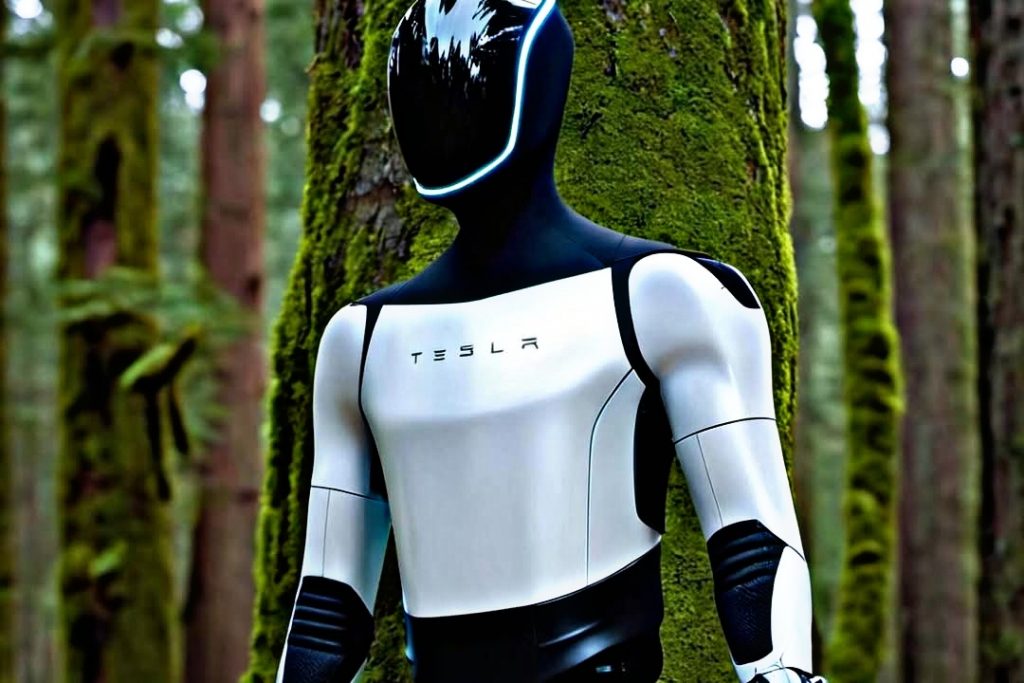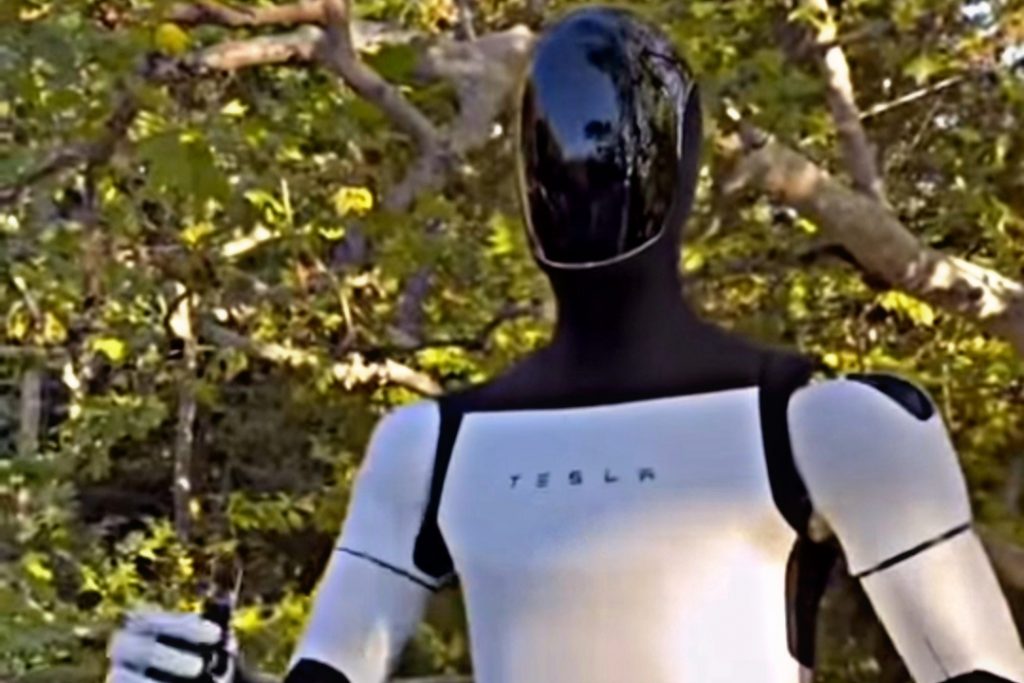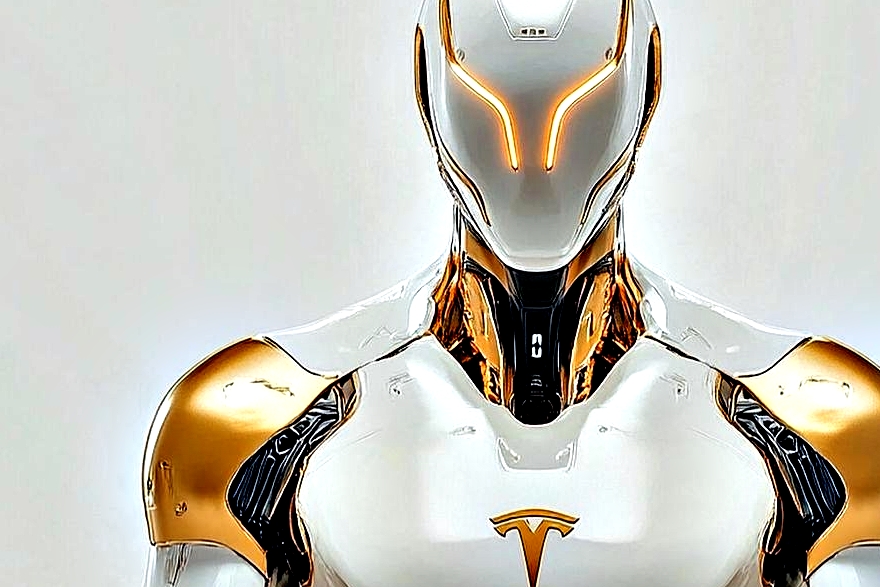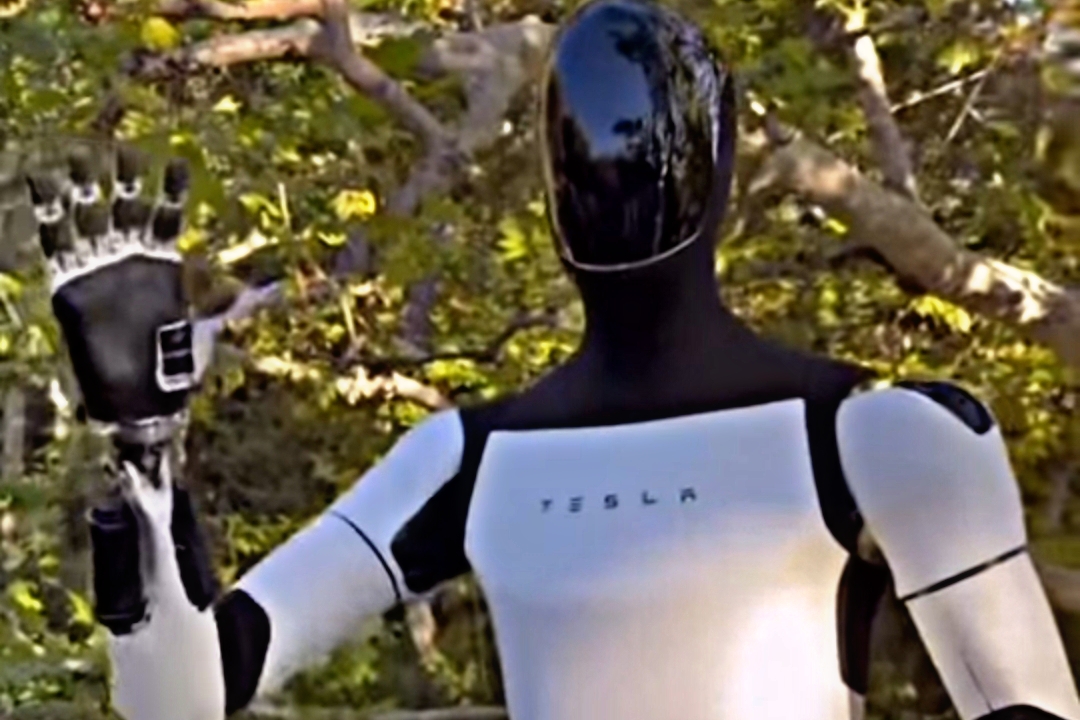The Tesla Robot is one of the most intriguing innovations introduced by Tesla, Inc., a company renowned for its groundbreaking work in electric vehicles, renewable energy, and artificial intelligence. Officially named Optimus, this humanoid robot represents Tesla’s ambitious leap into the robotics sector. As industries worldwide shift toward automation and advanced AI integration, the Tesla Robot emerges as a potential game-changer in how we perceive and interact with robots.
This article delves into the Tesla Robot’s design, features, potential applications, and the broader implications of its development. By focusing on the Tesla Robot, we’ll explore how this innovation may transform industries and redefine human-robot interactions.
The Genesis of the Tesla Robot
Tesla announced the Tesla Robot at its AI Day event in August 2021, capturing global attention with its vision of creating a humanoid robot capable of performing everyday tasks. Elon Musk, Tesla’s CEO, emphasized that the Tesla Robot would leverage the same AI technology used in Tesla’s self-driving vehicles, including sensors, cameras, and neural networks.
Musk described the Tesla Robot as a solution to labor shortages and repetitive tasks, stating that it is designed to handle tasks that are “dangerous, boring, or tedious.” The announcement positioned the Tesla Robot not merely as a technological marvel but as a tool for enhancing human productivity and quality of life.
Design and Specifications of the Tesla Robot

The Tesla Robot’s design focuses on practicality and safety. Optimus has a humanoid shape, standing at approximately 5 feet 8 inches (173 cm) tall and weighing 125 pounds (57 kg). Its lightweight construction combines advanced materials to ensure agility and durability.
Key features of the Tesla Robot include:
1. Advanced AI and Neural Networks
The Tesla Robot integrates Tesla’s cutting-edge AI technology, which is also central to its self-driving cars. With real-time data processing, it can analyze its surroundings, make decisions, and adapt to new tasks efficiently.
2. Human-Like Dexterity
The Tesla Robot is designed with human-like hands and arms capable of fine motor skills, making it versatile for a variety of tasks, from lifting heavy objects to performing delicate operations.
3. Safe and Friendly Interaction
Safety is a priority in the Tesla Robot’s design. It operates at a maximum speed of 5 miles per hour (8 km/h) and has limited strength to ensure it poses no threat to humans. Its interface is intuitive, allowing seamless interaction with people.
4. Energy Efficiency
Powered by Tesla’s proprietary batteries, the Tesla Robot offers long operational hours with energy-efficient performance. Its power system is designed to maximize uptime while minimizing environmental impact.
Potential Applications of the Tesla Robot

The Tesla Robot has the potential to revolutionize multiple industries, ranging from manufacturing and logistics to healthcare and home assistance. Below are some of the key areas where the Tesla Robot could make a significant impact:
1. Manufacturing and Assembly Lines
In factories, the Tesla Robot can handle repetitive tasks such as assembling components, moving materials, or conducting quality inspections. This automation can increase efficiency, reduce human error, and cut operational costs.
2. Logistics and Warehousing
In warehouses, the Tesla Robot could streamline inventory management, order fulfillment, and loading/unloading operations. Its ability to navigate complex environments autonomously makes it ideal for logistics.
3. Healthcare and Elderly Care
The Tesla Robot could transform the healthcare sector by assisting in tasks such as patient mobility, medication delivery, or providing companionship for elderly individuals. Its human-like appearance and gentle demeanor make it a suitable caregiver.
4. Home Assistance
One of the most anticipated uses of the Tesla Robot is as a household assistant. It can perform chores like cleaning, cooking, or grocery shopping, offering convenience and improving daily life for its users.
5. Public Services and Infrastructure
The Tesla Robot could assist in maintaining public infrastructure by performing inspections, repairs, or cleaning tasks. Its ability to work in hazardous conditions also makes it ideal for disaster response and recovery efforts.
How the Tesla Robot Stands Out
The Tesla Robot is not the first humanoid robot in development, but it stands out for several reasons:
1. Integration with Tesla’s Ecosystem
Tesla’s extensive experience in AI, energy management, and advanced manufacturing gives the Tesla Robot a unique edge. Its integration with Tesla’s ecosystem, including renewable energy solutions and autonomous vehicles, positions it as a comprehensive solution for future smart cities.
2. Focus on Practicality and Accessibility
Unlike some robots that are limited to research environments, the Tesla Robot is designed with a focus on real-world applications. Tesla aims to make the Tesla Robot affordable, ensuring it is accessible to businesses and households alike.
3. Scalability and Mass Production
Tesla’s expertise in large-scale manufacturing enables the company to mass-produce the Tesla Robot efficiently. This scalability ensures widespread adoption and competitive pricing.
4. Constant Updates and Improvements
Similar to Tesla’s vehicles, the Tesla Robot benefits from over-the-air software updates. This feature ensures continuous improvement and adaptation to new tasks, enhancing its long-term value.
Challenges Facing the Tesla Robot

Despite its promising potential, the Tesla Robot faces several challenges:
1. Technical Complexity
Creating a humanoid robot that can operate seamlessly in diverse environments requires significant advancements in AI, robotics, and material science. Achieving human-like dexterity and adaptability remains a technical hurdle.
2. Ethical and Social Implications
The introduction of the Tesla Robot raises ethical concerns about job displacement, privacy, and human dependency on robots. Balancing innovation with societal well-being will be crucial for its acceptance.
3. Competitive Landscape
The Tesla Robot enters a market with established players like Boston Dynamics and Honda. Differentiating itself in terms of functionality, cost, and reliability will be essential for its success.
4. Regulatory and Safety Standards
As with any advanced technology, the Tesla Robot must adhere to strict safety and regulatory standards. Ensuring its safe operation in public and private spaces is a priority.
The Broader Impact of the Tesla Robot
The Tesla Robot represents more than just a technological innovation; it symbolizes a shift toward a future where robotics and AI play an integral role in daily life. Its development has several broader implications:
1. Redefining Labor Markets
By automating routine and hazardous tasks, the Tesla Robot could reshape labor markets, freeing humans to focus on creative, strategic, and interpersonal roles.
2. Accelerating Technological Adoption
The Tesla Robot could drive the adoption of robotics and AI in sectors previously hesitant to embrace these technologies, fostering a culture of innovation.
3. Enhancing Human Potential
The Tesla Robot’s ability to assist in education, healthcare, and research could enhance human capabilities, enabling greater achievements.
4. Environmental Sustainability
With its energy-efficient design and integration into Tesla’s renewable energy ecosystem, the Tesla Robot aligns with global sustainability goals.
The Future of the Tesla Robot
Elon Musk envisions a future where the Tesla Robot becomes a household name, as ubiquitous as Tesla’s electric vehicles. As the technology matures, the Tesla Robot could evolve from a utility tool to a companion, seamlessly integrating into everyday life.
Tesla’s track record of overcoming challenges and delivering innovative products suggests that the Tesla Robot will continue to evolve, setting new benchmarks for robotics.
Conclusion
The Tesla Robot is a groundbreaking innovation that highlights Tesla’s commitment to pushing the boundaries of technology. Its potential to transform industries, improve quality of life, and redefine human-robot interactions makes it a pivotal development in the world of robotics.
As the Tesla Robot moves closer to becoming a reality, its impact will extend far beyond automation, shaping the future of work, society, and technology itself. The Tesla Robot is not just a robot—it’s a symbol of humanity’s quest to create tools that empower and inspire.

